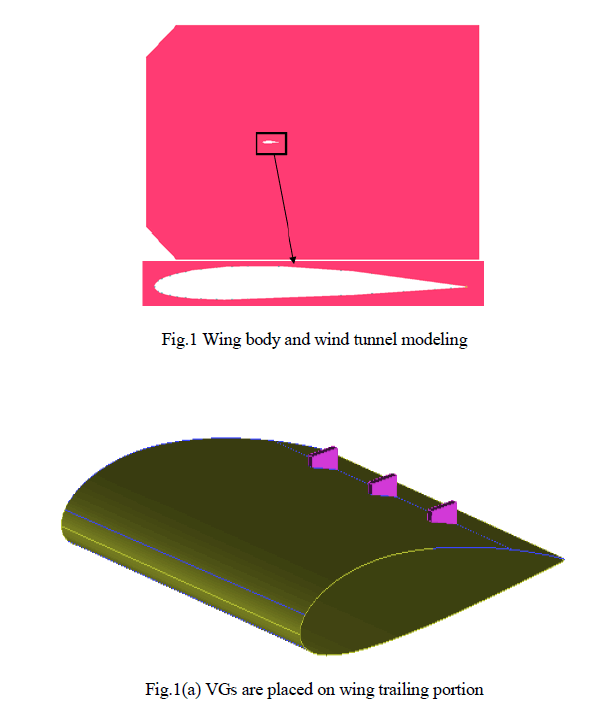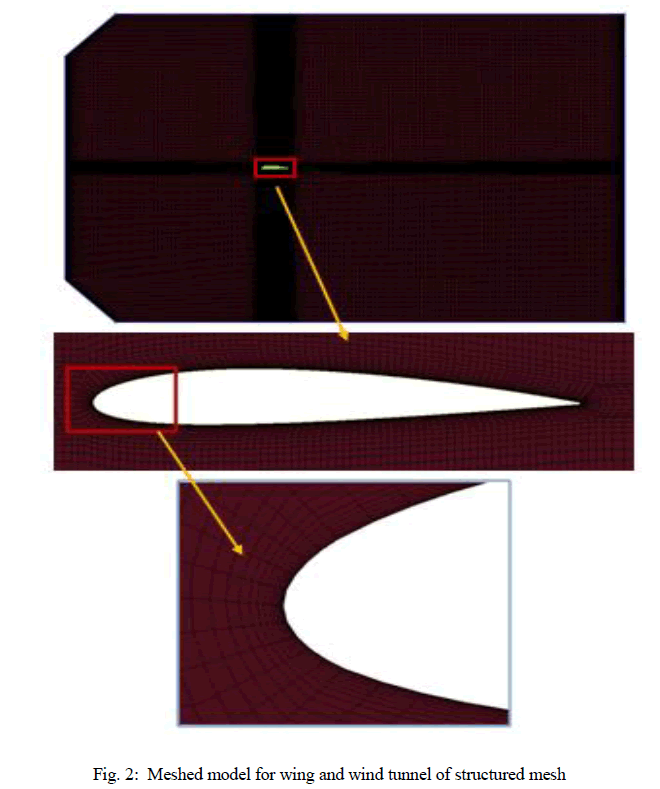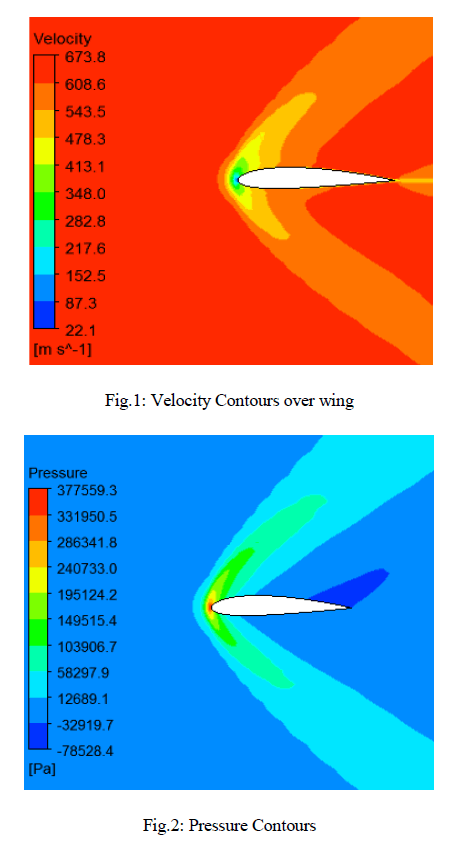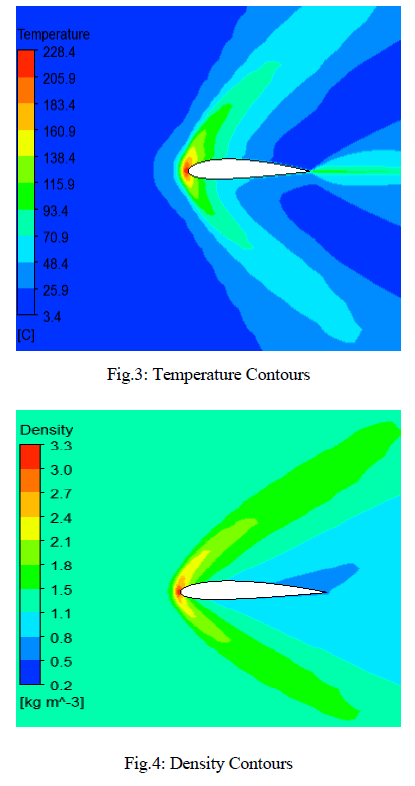ISSN ONLINE(2319-8753)PRINT(2347-6710)
ISSN ONLINE(2319-8753)PRINT(2347-6710)
Rohan kulkarni1, Dr.M.Helen Santhi2
|
| Related article at Pubmed, Scholar Google |
Visit for more related articles at International Journal of Innovative Research in Science, Engineering and Technology
Dam structures that span navigable waterways are inherently at a risk for seismic vibrations and as such they must be designed to resist these vibrations. However, these earthquake vibrations are fundamentally dynamic in nature and a static analysis procedure may not be adequate in designing hydraulic structures like Dam. Therefore, dynamic analysis methods forestimating the response of a concrete gravity dam plays an extraordinary role.This paper presents the dynamic non-linear time history analysis of a concrete gravity dam by using CSI SAP 2000. A concrete gravity dam model is prepared in SAP 2000 to perform the time history analysis. Concrete gravity dam is a massive structure which retains a very large amount of water on its upstream side and it is very crucial for a dam to survive against vibrations of earthquake. So it is a matter of study to check the behaviour of a dam during and after the application of the loading. Time history is basically a method of seismic analysis for the simulation of an earthquake motion. It is an ultimate tool to study the dynamic response of a structure. This paper gives a step by step procedure to perform the non-linear time history analysis by using time-acceleration data as input function and then performance of the gravity dam is evaluated with various mode shapes and time-acceleration results
Keywords |
| Gravity dam,time history analysis, dynamic response, vibrations, seismic analysis,SAP 2000. |
INTRODUCTION |
| Any structure that is constructed will undergo many forces such as wind, seismic, self-weight or forces like ice/snow etc. Among these, seismic forces are natural and as we know earthquake is a natural calamity and is so unpredictable.in order to prevent the structure from being collapse, it’s very important to adopt earthquake resistant design philosophy while designing the structure.Waves which arises during Seismic event carriesvery massive speed and when it struck with any structure it travels through foundation to the top roof resulting In-elastic deformation.there may be the possibility of collapse of whole structure or probably it will survive depending upon the design adopted but surely the structure will have some major repairing and strengthening works which will be costly. Sometimes damages caused by earthquake vibrations are very high that goes beyond repair works.Generally hydraulic structures like concrete gravity dam, canals and RCCmulti-storeyedstructures are sufficiently stiff and ductile. These structures undergo large deformations in its inelasticregion. Concrete gravity dam is a massive structure having many forces acting on it. It’s very important for the dam to survive against seismic vibrations. This paper is mainly focused on behaviour of concrete gravity damwithnonlinear characteristics using seismic time history analysis.In order to study the precise behaviour of structures, seismic time history or response spectrum plays an important role. These analyses methods can be adopted to study the structures having single degree of system or multi degree of freedom system possessingnon-linear characteristics. Time history performs analysis which is based on Time-acceleration as an input data which is basically an already experienced acceleration w.r.t time by the ground during seismic event. Time history analysis provides the most probable shapes and directions of structure which is its dynamic structural response under loading which varies as according to specified time-acceleration function.One can predict either the structure will survive or not against these seismic vibrations by using time history analysis results.Mainly structuresconsists of stiffness and damping as a nonlinearparameter. Damping mostly encountered in dynamic problems related with structural control, aerodynamics and offshore hydraulic structures. Most hydraulic structures undergoes yielding under seismic vibrations. Damping or inertia, displacement and acceleration are non-linear parameters which provides the non-linear characteristics to the structure. There are several theoreticalmethods are available to solve these non-linearity by using equations but now a days, there are many software packages are available to study the non-linear dynamic characteristics of a structure.SAP2000 is very precise in performingnonlinear analyses because of its advanced structural techniques. This paper consists of two parts. first part consist of making of gravity dam model and in second part non-linear time history response of a concrete gravity dam structure is performed by using SAP 2000. |
IN BRIEF: CONCRETE GRAVITY DAM |
| Concrete gravity dam is a solid structure which is made up of concrete or masonry. It acts as a water retaining structure and holds a large amount of water by creating a reservoir on its upstream side. That’s why gravity dam is constructed across a river for retaining of water. The cross section of the gravity dam is approximately triangular in shape and having an apex at top and maximum width at bottom. There are various forces acting on the gravity dam mainly hydrostatic pressure, silt pressure, wave pressure, ice pressure, wind forces, self-weight of the dam, uplift pressure and seismic forces etc. The section of the dam is designed in such a way that it would resist all these forces acting on it from various directions under the effect of its own self weight. Gravity dams are also called as solid gravity dams because they are rigid as well as solids and no bending stresses are induced at any point on a dam structure. They are generally straight in plan .the upstream face is vertical and slope of downstream face is 0.7:1.For construction, they need good foundations and topography to perform better throughout in its lifetime. The typical section of dam is as shown in fig 1 and model which is going to be used for analysis is shown with all dimensions in fig 2. |
 |
IN BRIEF: CSI SAP 2000 V14 |
| SAP 2000 is an integrated structural analysis and design program developed by Computers and structures Inc., USA.SAP 2000 has proven to be the most integrated, productive and practical general purpose structural program on the market today. This intuitive interface allows you to create structural models rapidly and intuitively without long learning curve delays. Advanced analytical techniques allow for step by step large deformation analysis, Eigen and Ritz analyses based on stiffness of non-linear cases, catenary cable analysis material non-linear analysis with fibre hinges, multi-storeyed non-linear shell element, buckling analysis, progressive collapse analysis, velocity dependant dampers, base isolators, supports plasticity and non-linear segmental construction analysis. Non-linear analyses can be static or time history withoptions for FNA nonlinear time history dynamic analyses and direct integration, from a simple small 2D static frame analysis to a large complex 3D non-linear dynamic analyses, SAP 2000 is the easiest, most productive solution for your structural analysis and design needs. |
MODEL OF CONCRETE GRAVITY DAM FOR NON LINAR TIME HISTORY ANALYSIS |
| The model of the dam is prepared in SAP 2000 itself. As we know gravity dam is a solid masonry structure,8 nodded solid elements and shells as a plates are provided to the dam model.to make it solid structure Combination of shell elements and solid element is used. Shell elements acts as a surface slab for water coming on it.Dam is made up as rigid at bottom and at abatements side edges by providing spring support with stiffness 500KN/m.It’s important to know that there should be a proper connectivity between all the elements. Material used is M40 grade of concrete for the entire dam structure.The dam is considered to be a loaded with hydrostatic force i.e reservoir is considered as full up to HWL.Complete model is shown below in fig 3. |
 |
PROCEDURE TO BE FOLLOWED FOR NON LINEAR TIME HISTORY ANALYSIS |
| 1. After finishing of making of model, the material is assigned as concrete M40 to whole structure. |
| 2. Dead load is assigned to the entire structure. It is considered as dam reservoir is full so hydrostatic load and uplift pressure to the dam is applied on its upstream side and bottom side respectively. It is calculated according to Code of Indian Standards (IS : 6512-1984) |
| 3. The function is given as TIME HISTORY. Select the time-acceleration function from external file. Provide all the data as follows: |
| • Name of the function as TH |
| • Number of points per line 1 |
| • Number of lines to skip 0 |
| • Location of the file by using the button BROWSE... |
| 6. the waveform is obtained as follows: |
 |
 |
 |
CONCLUSION |
| Non-linear time history analysis is an effective tool for performance based evaluation of a structure. As we know SAP2000 is the most convenient and less tedious for any non-linear dynamic analyses. In this paper a non-linear dynamic analysis is performed on gravity dam. From results we can conclude that acceleration is more at top floor of the dam and minimum at bottom floor of the dam. This is because of rigidity is more at bottom. In case of deformation also, it is more at top and less at bottom. Fixity reduces the deformation. In case of modal analysis, the percent of UX (accl in X-direction) is much more than other two directions. Its participation in UX is also much more so there will be more probability of dam to get displaced in x-direction during earthquake event. It can be seen that frequency goes on decreasing at each mode shape and for first mode it is 0.85.It holds good because for hydraulic structure time period should be around 1 so that it will perform good during seismic event .From envelope it is observed that dam yields more at middle. It is entirely expected because of rigidity and stiffness of dam at abutments sides. |
References |
|